"For artists we're never going to get to meet, seeing their homes is the closest thing you can get to feeling what they were like," says Sam Lubell.
We're poring over Lubell's latest book, Life Meets Art, a whistle-stop tour through the homes of 250 amazing and creative people. From historic to utterly contemporary, the interiors in the book take in artists, architects, designers, musicians and writers, from da Vinci to Picasso, the Brontës to Bowie, and it's a fascinating – though occasionally disappointing – ride.
I’m speaking to the architecture writer by Zoom and, from what I can see, his own apartment has redbrick internal walls, with one or two tastefully arrayed objects in alcoves. It’s moodily dark, but that’s because the blinds are pulled down against the bright sun of a New York winter morning. If Lubell is judging me (he doesn’t mention it if he is), he has a view of some dying daffodils on my kitchen table, the recycling and a load of stuff that I keep intending to do something about. Zoom has shown how other people’s homes can be hugely revealing.
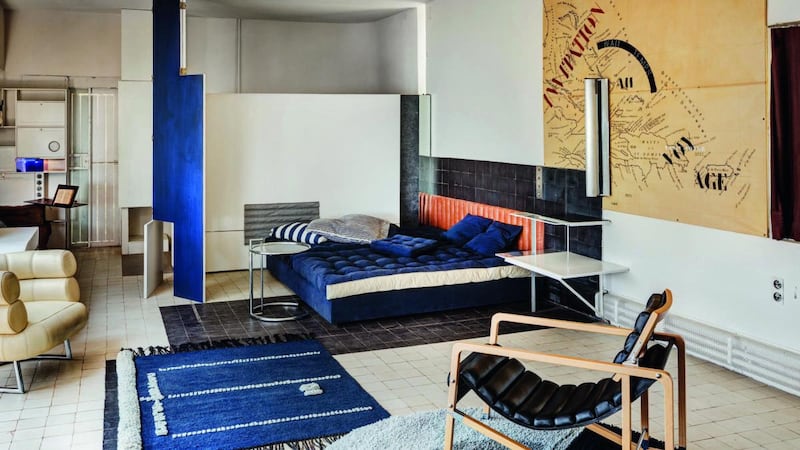
The homes in Life Meets Art are, for the most part, tidy to show-home levels. Some, such as that of the writer Edith Wharton and the artist Raphael, are run as museums and, in the case of Raphael, renovated some 100 years after his death, and converted into a museum more than 200 years after that – so it's not exactly as the artist left it. Similarly, most of the images have the look of your home when the in-laws are coming over, rather than the messy spaces where real living takes place.
Also, most of the homes merit just a single page and a brief write-up, so while a glimpse of Pablo Picasso's Cannes studio whets the appetite, it also creates a hunger to see much more. Picasso himself said that "the chief enemy of creativity is 'good' sense", which is a truly delicious dictum, and his works turn up with surprising frequency throughout the book, including in the homes of the artist Remo Brindisi, the architect Gordon Bunshaft, and the artists Lee Miller and Roland Penrose.
Contagious
But what is it about the homes of the creative that inspire such interest? I can’t imagine being attracted to any of the myriad other “interiors of the fabulous” books that are out there in quite the same way. Is it, I wonder, that we imagine their creativity might be contagious?
“Absolutely,” says Lubell, who has an expert’s depth of knowledge of his subject, coupled with an enthusiast’s delight. “These are people that have achieved things we can only dream of, so we do think it might rub off on us. In some ways it does. It is an influence that you get from being in the space, more than being in an art gallery or hearing their music. It’s a pilgrimage, it’s more intimate. If you’re in their kitchen, you can start to imagine that this is where they lived their lives, chased their kids around. It can fill in the blanks sometimes, add things that you might have not understood about their art.”
A logo of an eye usefully lets you know which spaces in the book are open to the public.

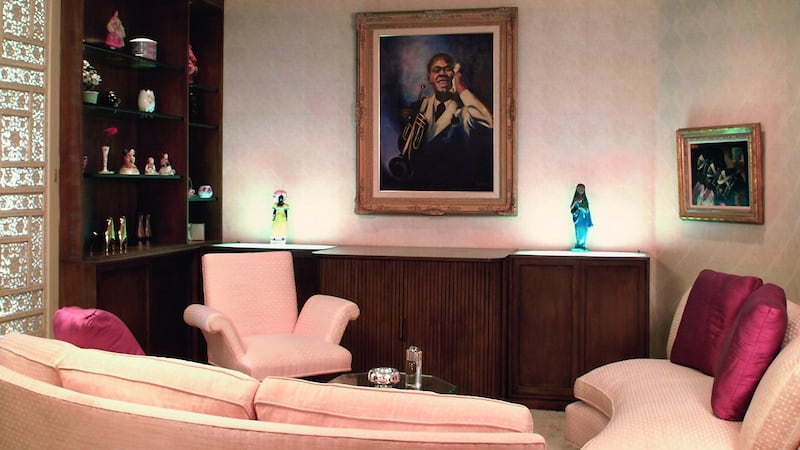
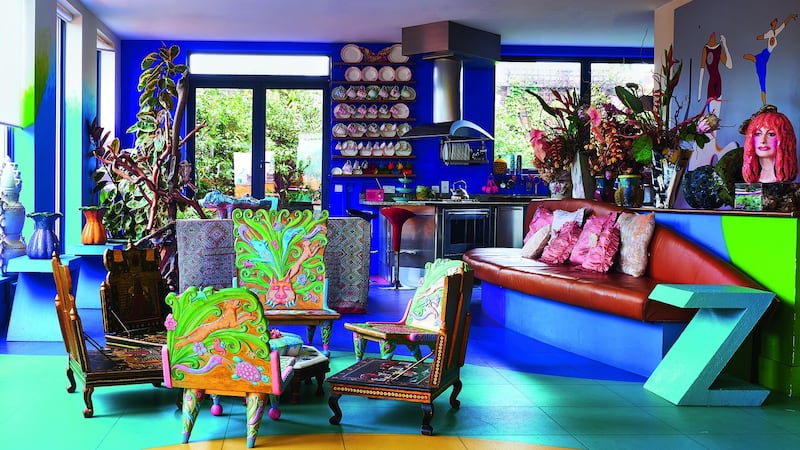
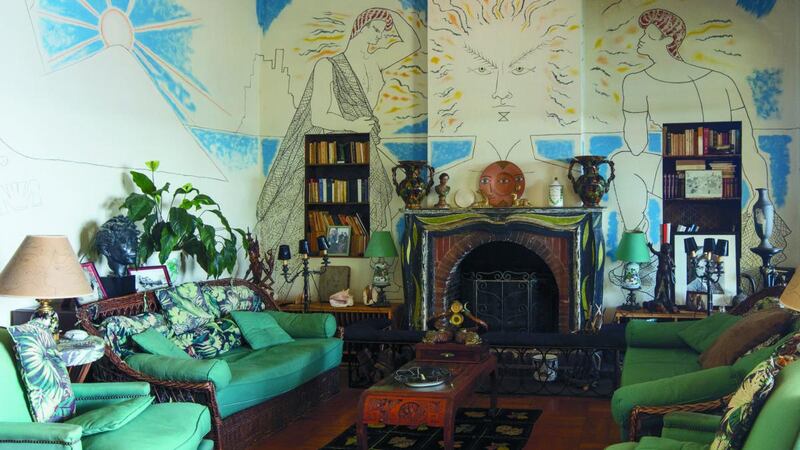
Picasso's studio is pleasingly messy, as is Dylan Thomas's study; but most of the interiors seem too pristine to bring us close to the people that must create clutter like the rest of us. The late and brilliant fashion designer Alexander McQueen is represented by a livingroom in his Mayfair apartment (formerly the home of the writer PG Wodehouse) that wouldn't be out of place in an upmarket hotel.
In fact, McQueen had been converting it at the time of his death, and what we’re shown is an homage, by London-based design house Paul Davies – an homage that seems chiefly to rest on the addition of a skull-shaped lampstand.
Summer spot
The architect le Corbusier’s summer spot in Roquebrune-Cap-Martin is much more satisfying. The one-roomed timber summer house proves the designer, who famously called houses “machines for living”, could practise what he preached. He designed the 14sq m (161sq ft) house as a birthday present for his wife, Yvonne, and the couple summered there for 18 years, enjoying its beautiful simplicity.
“His architecture was stunning,” agrees Lubell, although he adds: “His urban planning was damaging to the way we live now – or at least the way it was undertaken was so insensitive.
“There’s no central thread to the choices of homes,” he continues. “There’s no formula. But in the very best of these houses, you can see that these are creative people – and the reason they’re creative is they don’t do what everyone else does. They chart their own path, they’re singularly talented, and quite brave and willing to risk rejection, poverty and the things that bring with it.”
So what can we learn from these pages?
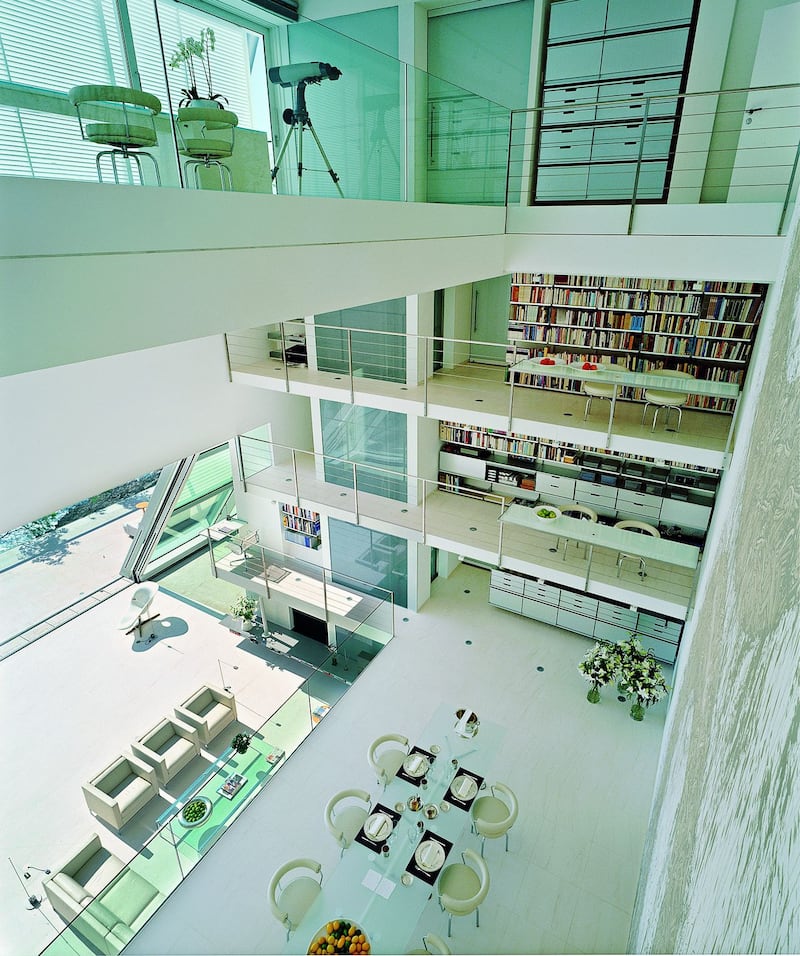
The legendary fashion stylist and editor Grace Coddington clearly loves cats, and you wouldn't want to spill red wine in Norman Foster's pristine white gaff in the South of France. In fact, it's hard to imagine finding any level of comfort chez Foster unless you are as beautiful as it, and one of those impossibly-groomed types that can make fawn slacks look stylish.
Another lesson is to beware of who you ask to visit.
In 1950, Francine Weisweiller invited the legendary Jean Cocteau to come for a week to her house, Santo Sospir, on France's Cap Ferrat. He stayed, off and on, for years, during which time he drew and painted murals throughout the rooms, to the degree that the house is now know as "la villa tatouée", the tattooed house. "We have tried to vanquish the spirit of destruction," Cocteau said, clearly unattended by creative insecurity.
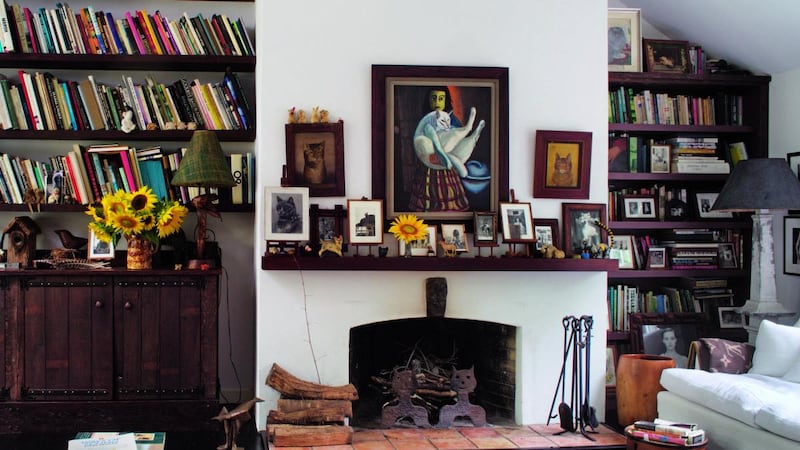
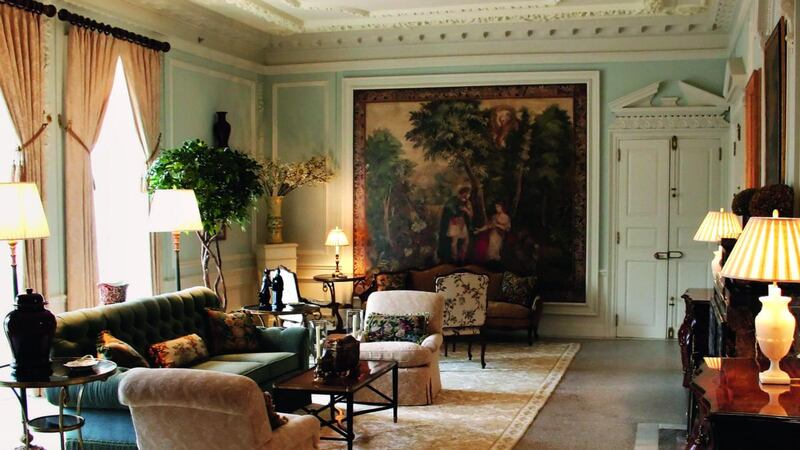
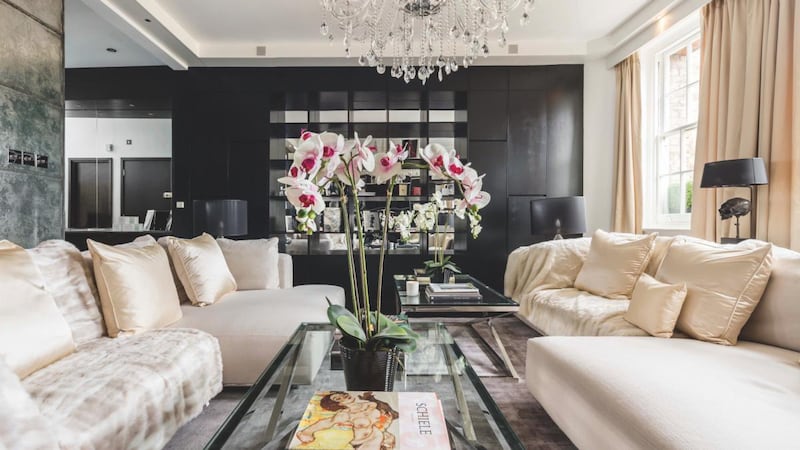
Flicking through, we also rediscover that the Irish architect Eileen Gray was clearly a genius, the jazz legend Louis Armstrong didn't want to stray far from his roots, and that you'd trip over all the small tables at David Bowie's house on Mustique. Pierre Cardin's house looks like a set for a certain type of saucy Sixties movie, and the fashion designer Zandra Rhodes has both an extraordinary sense of colour and sense of humour – even to the inclusion of four Roman columns from the set of The Rocky Horror Picture Show, and a rather unflattering bust of the designer herself, complete with her trademark pink hair.
Favourite
Gray’s home is a favourite of Lubell’s. “She’s a true original,” he says. “And they are few and far between. She also channels the mini house living thing in a beautiful way, that no one else has been able to recreate.”
Other Lubell picks include Edith Wharton's home in Lenox, Massachusetts. "She worked with her architects to build The Mount, and she took it very seriously. Victor Hugo was similar. He worked with furniture makers, he did these mashups of furniture – taking a leg from a table, another from somewhere else – but his taste throughout is impeccable. You don't think of him as having that sort of crossover."
Interestingly, but possibly obviously, flicking through the book, it emerges that those who work in visually creative fields have the strongest visual sense, while musicians, for example, often leave the design to someone else. An exception here is Elvis Presley, whose Graceland is pure Vegas-era Elvis. "It truly is him," agrees Lubell. "He's this boy that grew up and made it. And he's going to go for it – it's not civilised taste, but it's his taste."
Almost all the spaces we see in the book are the homes the artists came to once they’d made it, so we’re looking at the fruits of their success, and the tastes they developed over time. Lubell agrees that you could do a whole other book on young artists’ grotty bedsits, but that perhaps the appeal wouldn’t be quite the same. The closest thing you’ll get here is probably Jimi Hendrix’s London flat, but again, it’s pretty tidy for how you might imagine the iconoclastic rock star would have enjoyed it.
Some of the choices are intriguing. I’m bewildered by Karl Lagerfeld’s bathroom, and can’t quite imagine the impeccably dressed (or possibly in this instance undressed) fashion designer twisting himself down the narrow spiral staircase in order to have a midnight pee. “To some extent it’s a mystery,” says Lubell, tactfully.
The entire book is actually pleasantly intriguing, so dive in and discover whether creativity may actually be contagious. Could you even get it off the pages of a book?
Life Meets Art: Inside the Homes of the World’s Most Creative People by Sam Lubell is published by Phaidon, £39.95, phaidon.com

















